When Pirelli reached out and asked if we’d be keen to run their Scorpion range on one of our upcoming shoots, we’ll be honest, our first thought was: Pirelli? The supercar mob?
These are the people who make the Formula 1 tyres, the World Super Bike tyres, build rubber for Lamborghinis, Ferraris, hyper-EVs, and half the world’s racing circuits. So what are they doing poking around the 4X4 world?
Turns out, quite a lot.
And the more we dug into it, the more it made sense that a company famous for building tyres that survive 300 km/h, wild cornering loads, and brutal heat cycles might actually have something valuable to say in the off-road space.

Why High-Performance Tech Matters in the Dirt
Most of the big names in 4X4 tyres come from a trucking, commercial, or traditional off-road background. Pirelli’s approach is different; they’re coming at it from the physics side. Their bread and butter is building compounds that deal with extreme grip demands, wildly changing temperatures, precision handling, and tread blocks that don’t squirm under load.
Now think about 4X4ing:
- Corrugations heat a tyre faster than most people realise.
- Sand demands footprint stability and control of rapid temperature changes.
- Rocky climbs rely on flexible tread blocks and a compound that doesn’t shred itself.
- A heavy tourer loaded for a big lap mimics the weight-transfer loads of a performance car, just at slower speeds and uglier angles.
It’s not the same environment as a racetrack, but the underlying science is surprisingly similar. And that’s where the Scorpion ATR and Scorpion All Terrain Plus sit. Pirelli taking decades of motorsport compound knowledge and carcass design and applying it to something that’s expected to cop daily abuse instead of perfect bitumen.
Compounds With Supercar DNA (Just Tuned for Rocks, Mud and Snow)
High-performance tyres live or die by their chemistry. Silica load, polymer flexibility, heat cycling, wet-grip hysteresis, it’s all finely tuned. Pirelli didn’t ditch that mindset for the Scorpion range. Quite the opposite.
Both ATR and All Terrain Plus use silica-rich, high-stability compounds, but tuned for completely different conditions:
- resisting chunking and tearing on rocks
- staying flexible in sub-zero temps for 3PMSF snow performance
- managing heat on long bitumen hauls
- maintaining consistent grip as temperatures swing wildly between surfaces
If you’ve ever run a cheap AT that went greasy when hot, or a mud tyre that turned into Lego in the cold, you’ll know how much this matters. Pirelli is essentially taking the same compound logic they use on a P Zero and bending it into something that can deal with bulldust and shale instead of race kerbs.
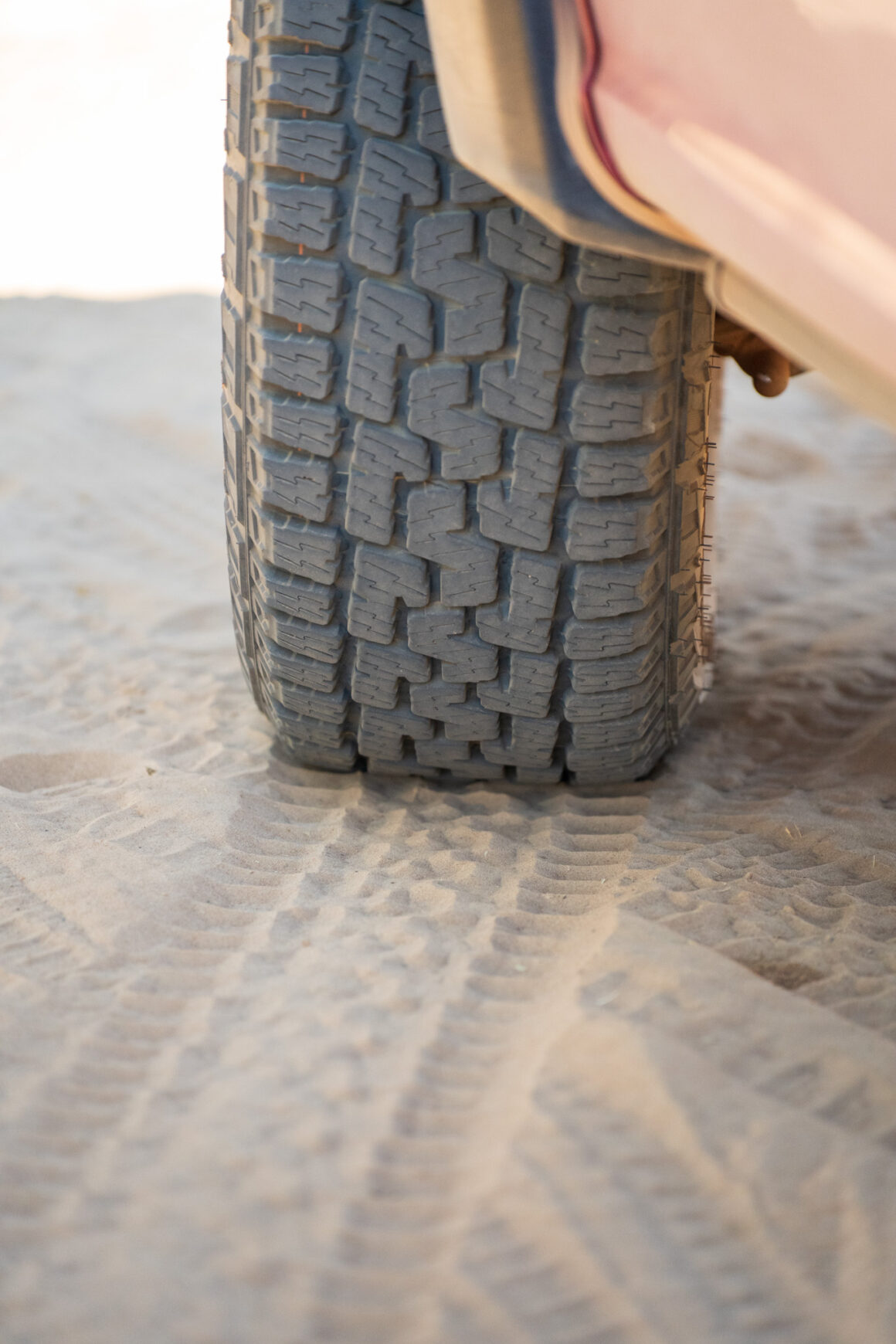
Belt Construction Straight From the Performance Playbook
A lot of off-road tyres rely on brute strength: thick plies, stiff sidewalls, lots of mass. That works, right up until you want precision at 110 km/h with a tonne of caravan hanging off the back when it rains. This is where the Scorpion range really leans into Pirelli’s background.
Both tyres use:
- steel belts for best footprint shape and directional stability
- a nylon cap ply (a high-performance tyre specialty)
- a tuned polyester casing for controlled flex and impact absorption
Why does that matter off-road?
Because that nylon cap ply, normally reserved for supercar and performance tyres, keeps the tread stable at speed, reduces squirm under load, and controls heat more effectively. On corrugations or long highway stretches, that consistency translates into less wandering, less vibration, and a footprint that doesn’t deform into weird shapes.
It’s race-bred structure, just repurposed for caravans and creek crossings.
Noise Reduction Tricks Borrowed From the Sports Car World
One of the interesting things we’ve always noticed with Pirelli is how much effort goes into the “feel” of a tyre. The sound, the vibration, the steering feedback. With their 4X4 tyres, the same approach is obvious.
The All Terrain Plus, especially, uses multi-pitch sequencing to break up tread noise. In simple terms, the blocks are arranged in slightly different sizes and intervals so they don’t all hum at the same frequency. That’s the kind of thinking you see in OE tyres for high-end performance cars, not bush-touring 4X4s.
The ATR does similar things with its “virtual centre rib,” creating straight-line stability without giving up too much edge bite.
Both are AT tyres first, but the refinement is unmistakably Pirelli.
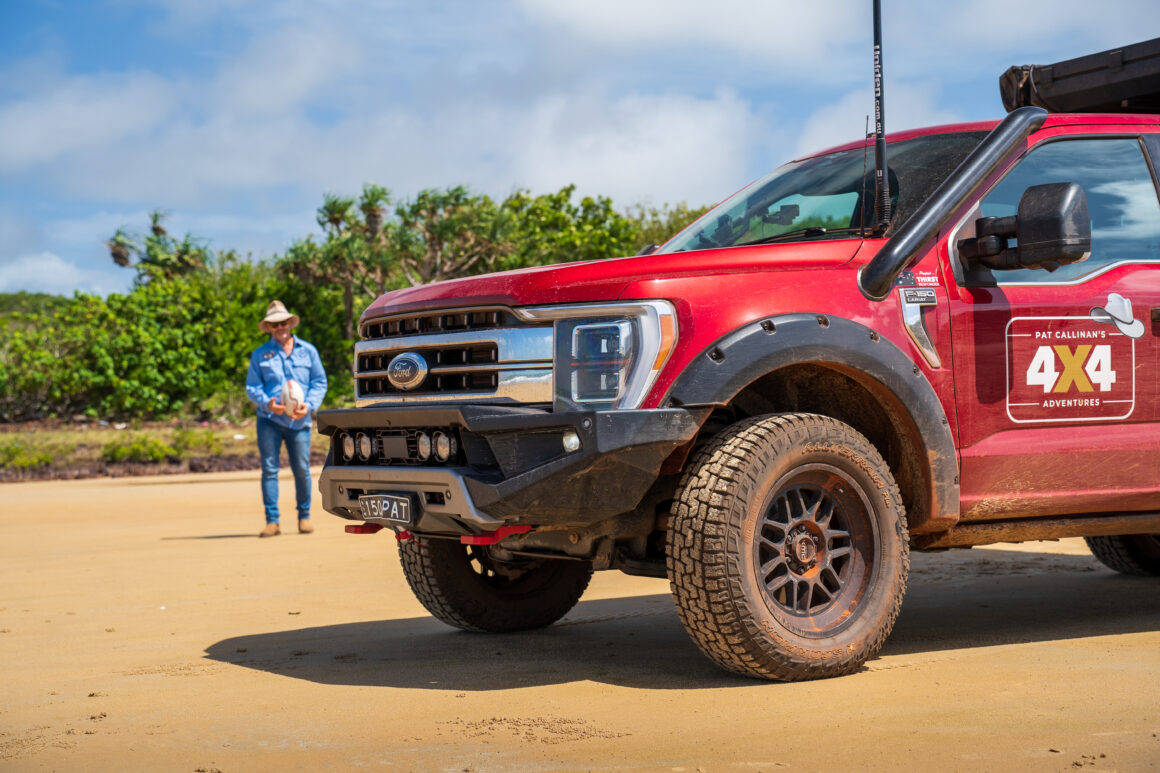
The Big Picture: Supercar Logic, Off-Road Outcome
The takeaway for us was simple: Pirelli isn’t trying to compete with the old-school AT crowd by out-chunking them.They’re competing by out-engineering them.
There’s a clear through-line from their high-performance road tyres to the Scorpion range:
- stable belts
- tuned sidewalls
- pitch-sequenced tread
- silica-rich compounds
- functional tread geometry
- heat management
- controlled deformation under load
That’s supercar tyre thinking translated into the 4X4 world.
Does it make a difference in the bush? Early signs are promising. These aren’t muddies. They’re not pretending to be. But they’re stable, predictable, quiet, and surprisingly capable in loose and rocky terrain, very much aimed at the modern touring 4X4, not the 1990s farm ute.
And honestly? That feels like exactly the space where high-performance engineering belongs.






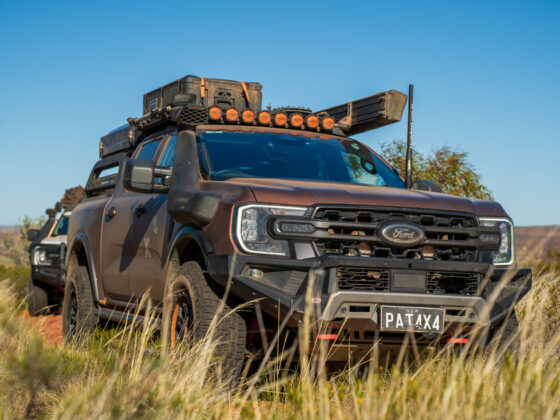
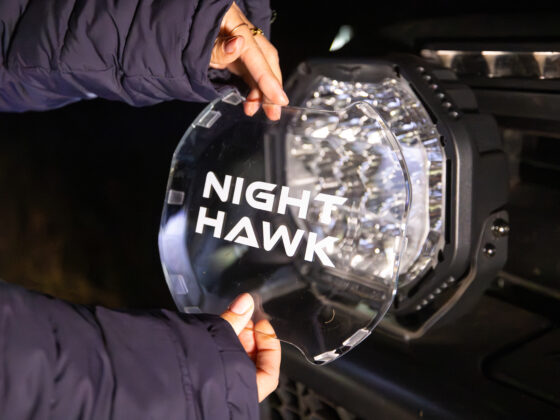
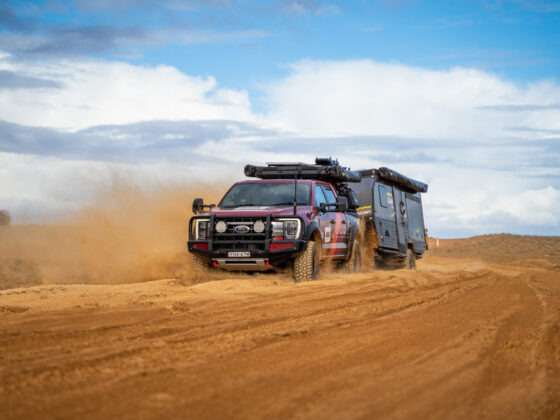
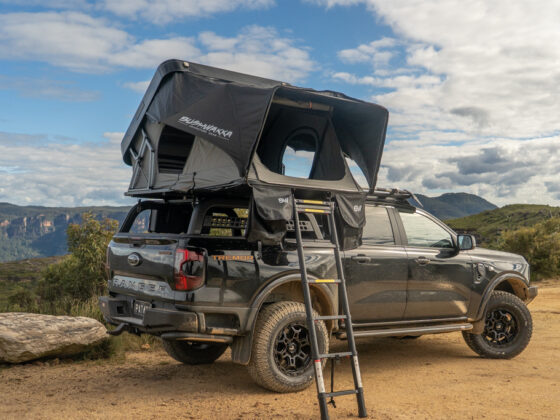

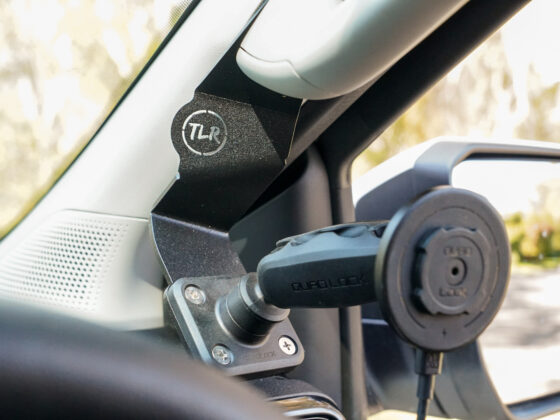
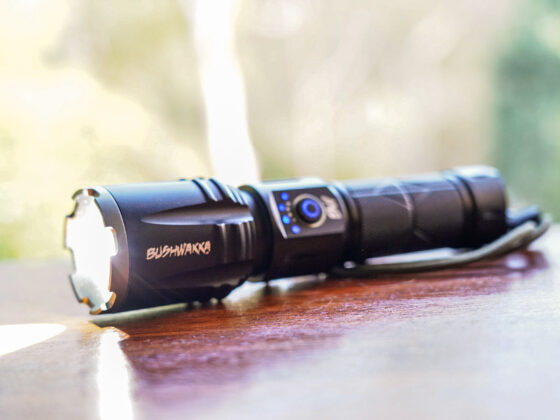
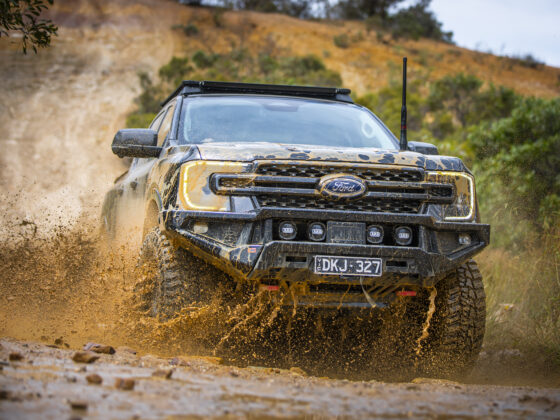
2 comments
No mention of longevity.
Are they like Cooper Tires; puncture after puncture then blow-outs. My Cooper AT3s all punctured and two blow-outs and only lasted 20,000Ks even though they rarely, if ever, exceeded 100 KpH (fuel economy).
My tyre supplier showed me a photo of a Cooper that had blown-out after few Kms. Cooper refused hm warranty, as with me.
I now have Falkens
Graham
I’ve had them on my Subaru Outback (yes not a full 4×4)… but trust me, i’ve taken it where the big boys play. I cannot remember exactly how many kms i got out of them, as somebody decided to t-bone me. but they are great.
I currently dive an MUX, with Toyo AT3. I love these.
Im due for a new set as im going down to 17’s… very tempted in going back with Pirelli to try them out again.